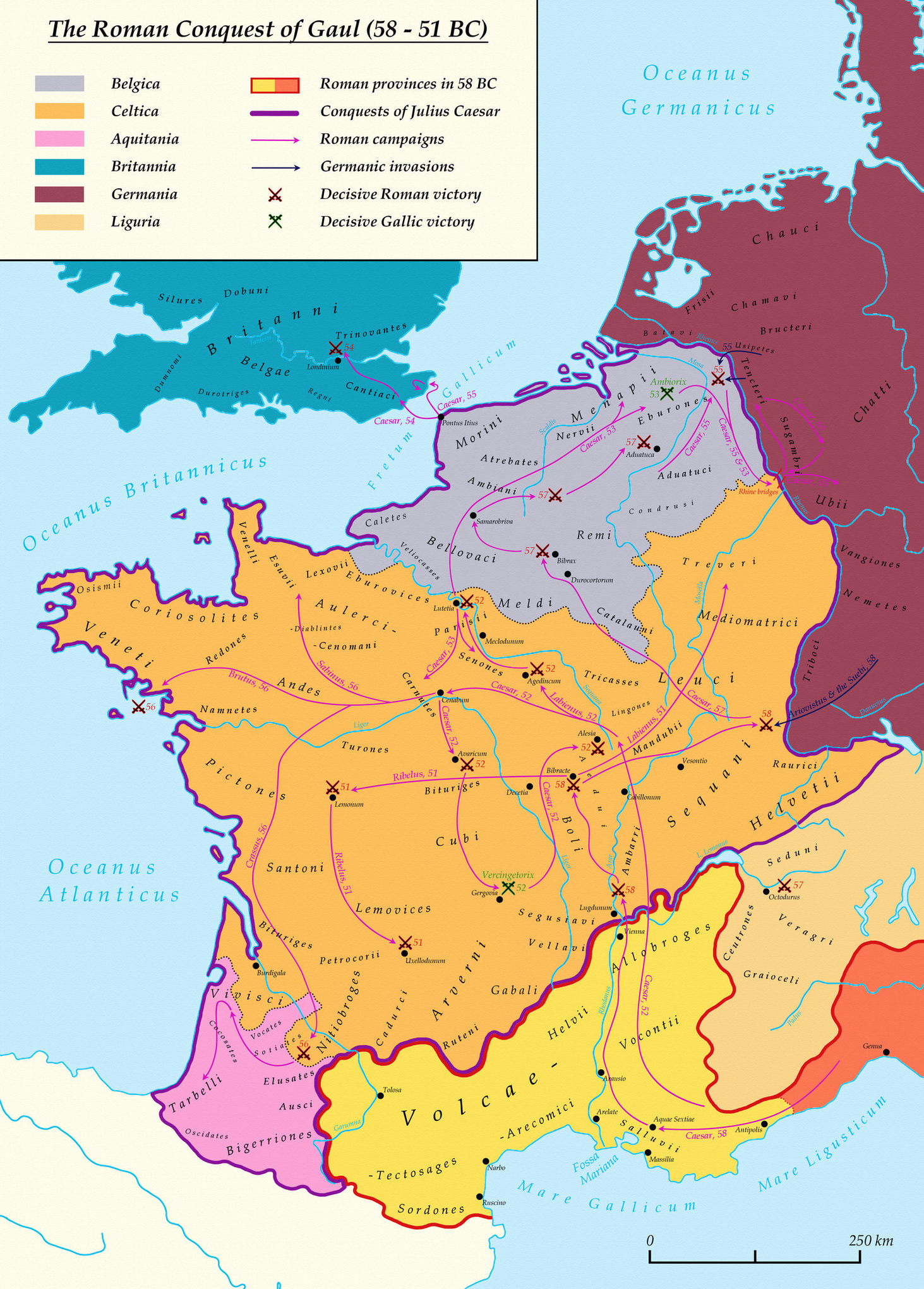

So Hannibal spent 15 years skirmishing inconclusively with the Romans. The Romans were able to raise a new army to replace the one Hannibal had destroyed, and Hannibal’s army wasn’t powerful enough to capture Rome. But Hannibal didn’t attract enough Italian allies to bring about Rome’s defeat. And after Cannae, a few Italian cities did revolt. Hannibal enjoyed an unbroken string of victories on the battlefield, including the total destruction of a Roman army at Cannae in 216. Hannibal believed Italians were chafing under the Roman yoke he hoped his arrival would trigger a broad rebellion that would break Rome’s control of Italy. In 218 BC, he led an army - including, famously, a few dozen elephants - from Carthaginian-controlled Spain across the Alps to northern Italy, starting the second war between Rome and Carthage. A Carthaginian born during the First Punic War, he bore a lifelong grudge against Rome. One of the greatest military minds of the ancient world was Hannibal.
#800 ad wars in germany full#
(Click the image to see the full map.)Ĩ) Hannibal attacks Rome with elephants Pinpin and Abalg This map shows the situation after the war: Rome gained control of the islands of Sicily, Corsica, and Sardinia, making it a significant naval power for the first time. The result was the First Punic War, which lasted for more than 20 years. They sent an army to expel the Carthaginian troops. While Sicily wasn’t Roman territory at the time, the Romans felt this was a little too close to home. The first conflict occurred after Carthage intervened in a dispute on the island of Sicily, just off the southern tip of Italy.

Rome fought three conflicts with Carthage, known as the Punic Wars, between 264 and 146 BC. Located in North Africa near modern-day Tunis, Carthage was the capital of a seafaring empire, shown here in red, that dominated commerce in the Western Mediterranean. The Romans began to come into conflict with another rising power located just across the water: Carthage. But he took such heavy casualties in those battles that he would eventually lose the war - giving rise to the term “Pyrrhic victory.”įirm control over Italy made Rome one of the Mediterranean’s major powers. Pyrrhus won two major battles against the Romans in 280 and 279, respectively. Rome then turned its attention to the Greeks in the south of Italy, fighting a war with the Greek king Pyrrhus. Rome also fought sporadic battles with Etruscans and Gauls to its North during this period. Beginning in 326, Rome fought the Samnites to the East, a conflict that would continue sporadically until Roman victory in 282. In 340, Rome came into conflict with its former allies, the neighboring Latins, and subdued them by 338. Rome went from being one of many city-states in 340 BC to being master of the entire peninsula by 264.

The rise of Rome 5) Italy before Roman conquest This wasn’t an idle concern - coups and civil wars were a recurrent problem for the empire. Border provinces needed armies to defend against invasion, and emperors worried that if these troops were put under the control of someone not personally loyal to the emperor, that person could try to seize power and proclaim himself emperor. In contrast, border provinces were run by governors named directly by the emperor.

In Trajan’s time, provinces in the interior of the country were run by governors chosen by the Senate, a legislative body run by leading aristocrats. There were 46 provinces under Trajan, a figure that would grow to 96 by the reign of Diocletian (285–305). The number of provinces changed over time as territories were gained or lost, and as larger provinces were divided into smaller ones. To aid in administration, it was divided into provinces. The Roman Empire reached its greatest size under the reign of Trajan in 117 AD.


 0 kommentar(er)
0 kommentar(er)
